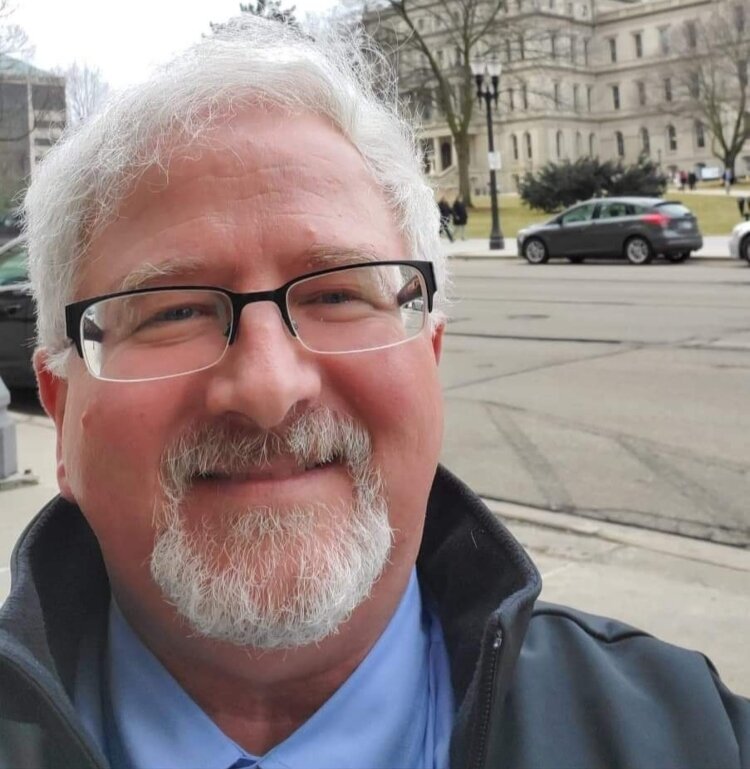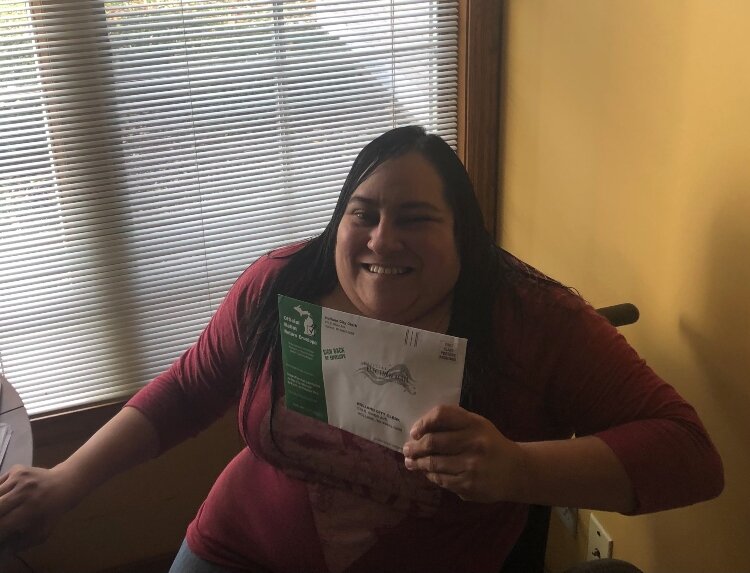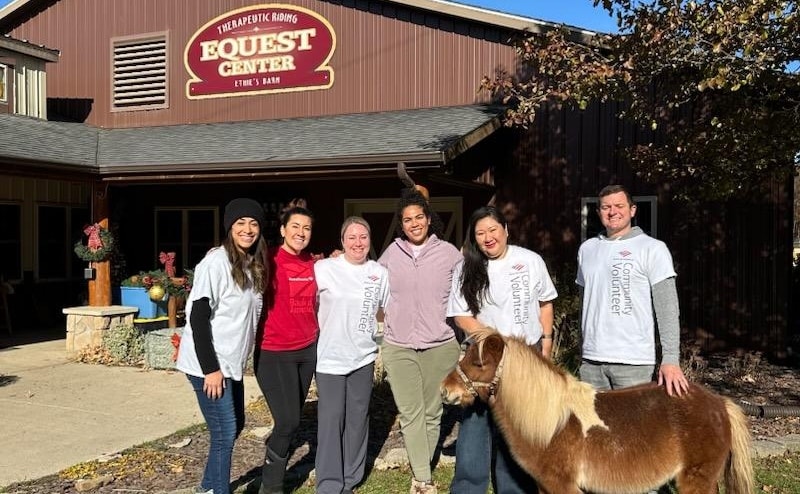How COVID-19 changed voting for people with disabilities
Lucia Rios shares how people with disabilities have struggled for years to participate in voting — and how accessibility changed for the better this year.
Voting sure has changed from the last election. Four years ago, I was an accessibility specialist at a disability organization. Ensuring accessible polling places and voting was always a project I strolled into with enthusiasm.
Creating an accessible polling location was tangible, and buy-in from local and state municipalities was not hard to get. Many times, clerks were calling for facility assessments to ensure they were usable for individuals with disabilities. Anticipating barriers ahead of time would result in change. One year, the state of Michigan offered grants toward making improvements for polling locations. In that year, we saw added accessible parking spots, buttons installed, and ramps being built.
Challenges remain
I’m not saying every polling location in our community is physically accessible. Challenges still do exist. There has always been the option of using absentee ballots. But when the option of voting in person is limited because of physical access, it stings a bit. You wonder, does my vote really matter?
Let’s take this a step further. There was a time when certain groups of people couldn’t vote because of race and gender. Fortunately, that has changed. But people with disabilities have struggled for years to participate in voting.
Issues include lack of awareness about accessible polling places, language on the ballot, voting machines, and transportation. Voting via absentee ballot was an alternative choice, and for some the only choice.
Options
But this year, the way we vote has changed dramatically. Physical access is not the only issue anymore. COVID-19 has caused a shift in our mindset around participation in life, work, connecting, and voting.

We are given the option to vote in person — an option some of us with disabilities did not have at one point — or vote by mail or absentee ballot ahead of time. I’d rather have an option than be limited because of a physical structure.
My friend Dan Wedge, who has paraplegia, has always gone to the polls to vote. He’s used a wheelchair for 33 years and says his polling place, a fairly new facility, includes several accessible voting tables.
“Because of COVID-19, I decided to request a mail-in ballot for both the primary and general election,” says Wedge. “I believe it to be a safe way to vote and will prefer this process in the future.”
In-person preference
Because Wedge did not get his ballot in the mail for Tuesday’s election, he says he plans to drop it off at the clerk’s office. He is Allegan County’s Executive Director of Services.
Like Wedge, I’ve preferred to vote in person. For me, however, it was about showing up so others would know people with disabilities do vote and live in the community. Seeing our local government put effort into creating accessible polling places, so people can be engaged, makes me realize my community does welcome citizens with disabilities to the polls.
According to the American Association for People with Disabilities (AAPD), more than 38 million people with disabilities are eligible to vote in the 2020 election. If you have concerns or questions about voting, related to your disability or physical access, please visit the FAQs page. For local resources, please call Disability Network/Lakeshore at 616-396-5326.










